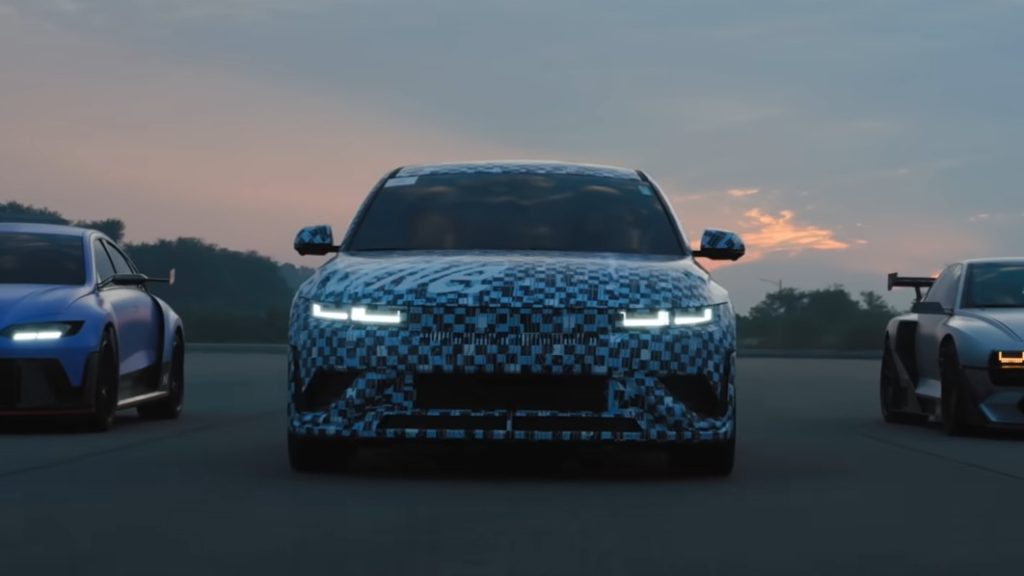Hyundai N's 2.0-liter turbo four could be replaced by an EV drivetrain

Hyundai’s evolving roadmap for its N division has surprises in store, some due to emissions, some for the benefit of enthusiasts. We know the Ioniq 5 N will open the hot-hatch account for the automaker’s electric era in 2023. Speaking to CarExpert, Hyundai Executive Technical Advisor Albert Biermann, formerly the head of R&D, explained part of the ICE revamp happening alongside the electric introductions. The 2.0-liter turbocharged four-cylinder that began the N adventure in the i30 N hatchback in Australia in 2018, and that powers a brace of N and N Line models in global markets, will be cut from the N lineup due to Euro 7 emissions regulations. The suggestion is that the engine could be replaced by an electric powertrain in the smaller offerings.
All Biermann would say about that was that “a C segment N EV … could be a hatchback.” Till Wartenberg, head of N brand management, elaborated to CarSales, with, “Within the next six to eight years we will have more markets, so maybe prolong one or the other i20/i30 N we have now until we phase out and have the electrified vehicles we’d like for N and the acceptance of customers and a full portfolio also in EV.”
With the 2.0-liter put on the shelf, it’s expected the 2.5-liter in the Sonata N Line will pick up the mantle and continue powering a second-generation i30 N sedan, which is our Elantra N. Biermann said, “The i30 N is quite safe, at least the sedan version, so we will see the next-generation car with a new petrol engine, as it’s already in our long-range plans.”
The good news for some markets is that the 2.5-liter in the N Line is already more powerful than the 2.0-liter in the proper N cars. The bad news for markets with Euro 7 regulations it that they might not get it, either. Biermann added, “Other markets like Europe are dreaming, and there’s a good chance there will be no further combustion engine N cars in some markets with Euro 7 regulations looming.”
Just because Hyundai holds back certain engines from certain markets, the automaker doesn’t want to hold back the visceral feedback of an ICE powertrain. Biermann told CarExpert at the same event, when driving an N EV “the idea is to come pretty close to the feel and sound of the DCT in the i30 N hatch,” down to “the same some jolt and downshift vibrations you experience in our ICE N cars.” An “N e-shift” virtual dual-clutch gearbox with real paddle shifters, speakers, and some sort of feedback system will be responsible for sound and fury that includes a virtual popping rev limited and a virtual crackling overrun. Hyundai’s tested the setup on the RN22e rolling lab, and it’s being fine-tuned on the Ioniq 5 N. In case you were wondering, yes, you’ll be able to download more vehicle character sounds over the air, and yes, of course you’ll be able to turn the system off.




